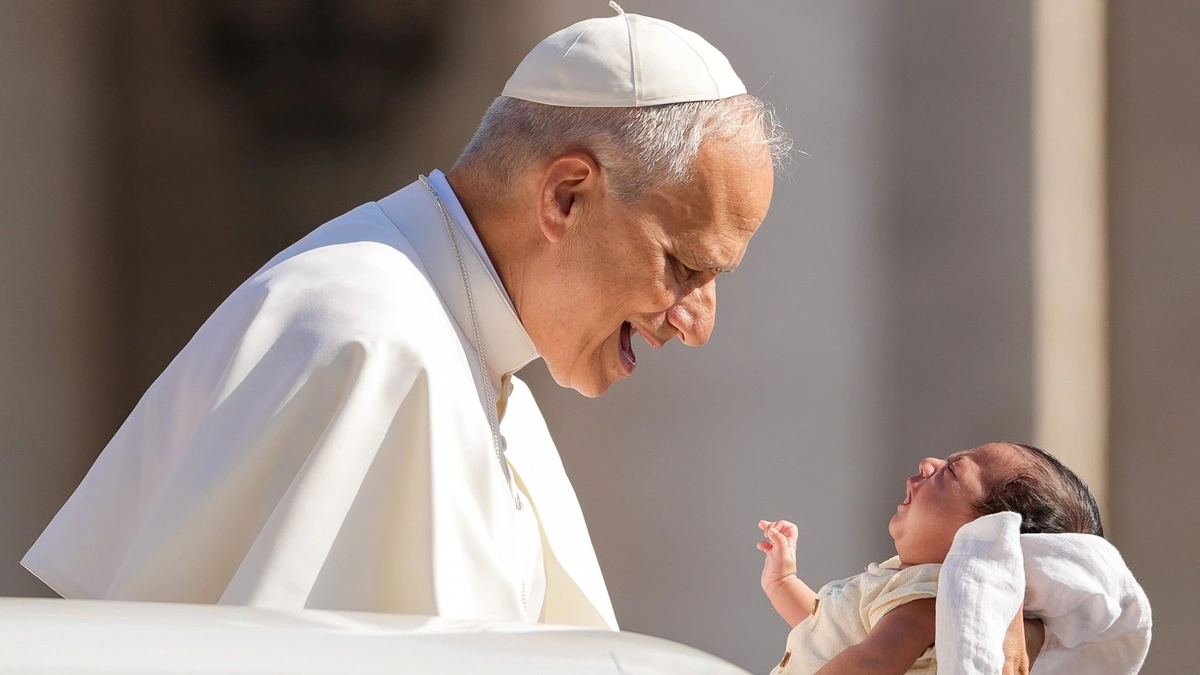Okay, Pope Leo . You might be thinking, “Another historical figure? Why should I care?” But hold on. This isn’t just a dusty history lesson. We’re talking about a figure who shaped the papacy, impacted political landscapes, and whose legacy still resonates today. What fascinates me is how one person, centuries ago, can still influence our understanding of power and faith. Let’s dive in, shall we?
The Popes Leo | A Lineage of Influence

There have been quite a few popes named Leo – thirteen, to be exact! But the most well-known are probably Leo I (the Great) and Leo XIII. Each left their mark, but in very different ways. Leo I, for example, is famous for meeting Attila the Hun and, according to legend, persuading him to not sack Rome. Pretty impressive negotiation skills, right? But, what’s less discussed is why his papacy was so pivotal at the time. It was during a period of immense turmoil, the Western Roman Empire collapsing. His leadership provided a sense of stability and authority when it was desperately needed. Later, we’ll examine why the concept of papal authority is critical to understanding the whole picture.
Then you have Leo XIII, who reigned much later, in the late 19th century. He’s known for his social teachings, particularly his encyclical Rerum Novarum . This document addressed the rights and duties of capital and labor – groundbreaking stuff during the Industrial Revolution. He also advocated for a concept called neo-Thomism , which is the resurgence of the philosophical studies based on the works of Thomas Aquinas. So, a long list of popes with different leadership styles.
Leo I and Attila | A Moment That Changed History
Let’s zoom in on that meeting between Leo I and Attila the Hun. Picture this: Attila, the “Scourge of God,” at the gates of Rome with a fearsome army. Rome is vulnerable. Emperor? Not so powerful at this point. Enter Pope Leo the Great . He and a delegation go out to meet Attila. Now, accounts vary (some say divine intervention played a role), but the fact remains: Attila turned back. He didn’t sack Rome. Why? That’s the million-dollar question. Some historians think it was a combination of factors – logistics, disease in Attila’s army, and, yes, perhaps Leo’s persuasive skills and the respect Attila held for the Church. Whatever the reason, it solidified Leo’s reputation and boosted the Church’s standing. The implications of papal diplomacy here are undeniable.
Rerum Novarum: A Voice for the Working Class
Fast forward to Leo XIII. The world looks very different. Factories are booming, but workers are often exploited. Rerum Novarum (Latin for “Of Revolutionary Change”) was his response. In it, he defended the rights of workers to form unions, advocated for fair wages, and spoke out against the excesses of capitalism. He was against the ideas of socialism as well and sought to improve the relationship between workers and owners. Now, some might say his views were paternalistic (and they might have been, to some extent), but the fact is, he was one of the first major figures to address these issues head-on. According to the official Vatican website , he laid the foundation for modern Catholic social teaching. This encyclical is a cornerstone of modern Catholic social doctrine .
The Enduring Legacy | Why Pope Leo Matters Today
So, what’s the takeaway? Why should you care about popes who lived centuries ago? Because they shaped the world we live in. Leo I demonstrated the power of the papacy in a time of crisis. Leo XIII addressed the social and economic challenges of his day with courage and foresight. Both, in their own way, influenced the course of history. And their legacies continue to inform our understanding of faith, power, and social justice. The modern relevance of these figures is striking. The influence on Vatican history cannot be ignored.
What fascinates me is how both had to make difficult choices in the environment they were placed in. How we choose to interpret the events depends on our own personal bias and background, and thus makes the history even more worth understanding!
FAQ About Pope Leo
What’s the deal with all the popes named Leo?
There have been 13 popes named Leo, each serving at different times in history. It’s a popular papal name, signifying strength and leadership.
Why is Leo I called “the Great”?
Leo I earned the title “the Great” due to his strong leadership during a tumultuous period in Roman history, particularly his role in dissuading Attila the Hun from attacking Rome.
What was Rerum Novarum about?
Rerum Novarum was an encyclical issued by Leo XIII that addressed the rights and duties of capital and labor, advocating for fair treatment of workers.
Did Pope Leo XIII have any other achievements?
Besides Rerum Novarum , Pope Leo XIII also promoted Thomism, fostered diplomatic relations, and encouraged scientific study. The effects of papal actions were far reaching.
How did the leadership of Leo I and Leo XIII differ?
Leo I and Leo XIII approached leadership from different contexts, and their leadership styles were different. One dealt with military and physical threats while the other dealt with philosophical and social ones.
How did Leo I stop Attila the Hun?
Historians are still unsure, however the most common answer is his status as Pope was enough to stop Attila’s incursion!




